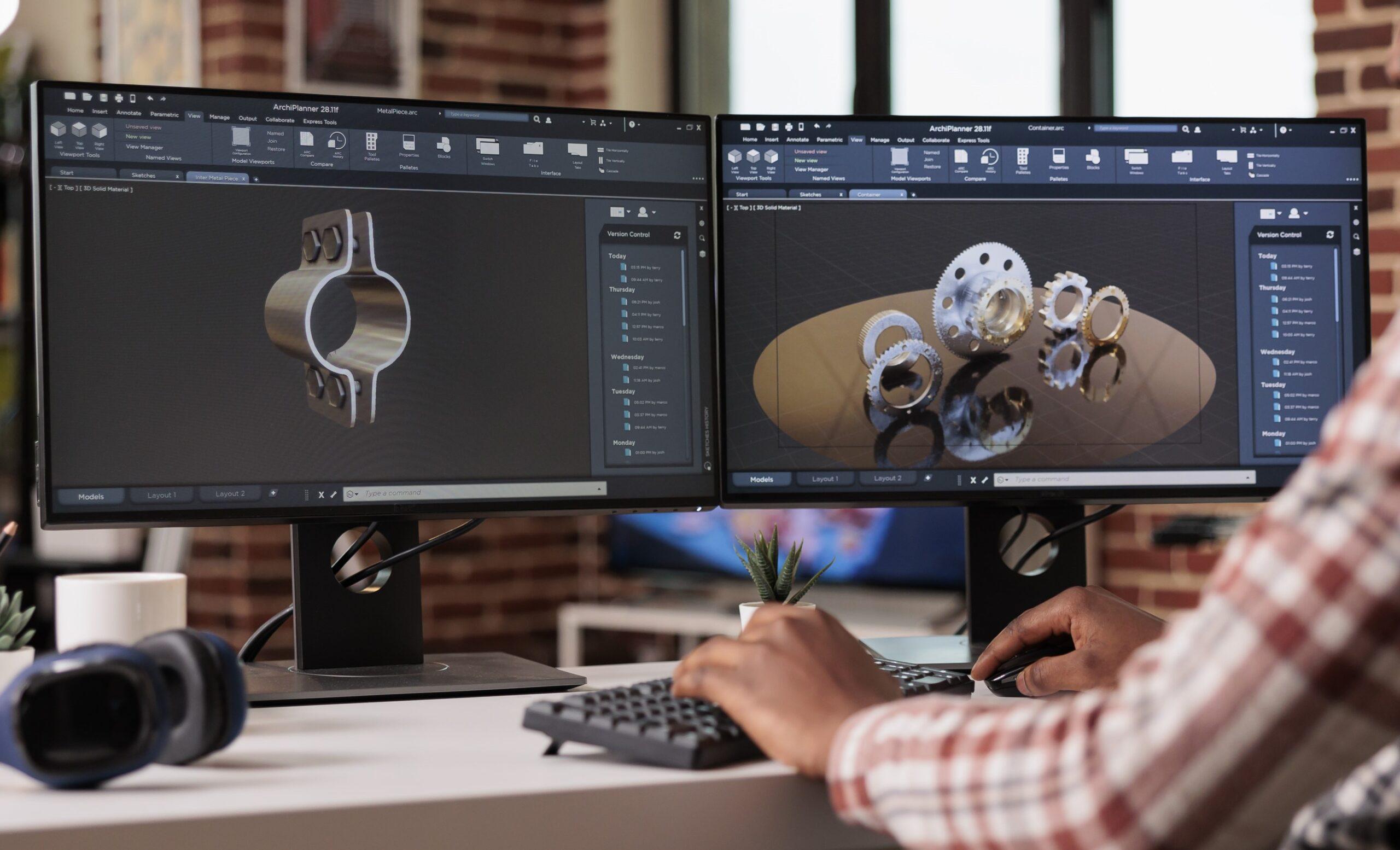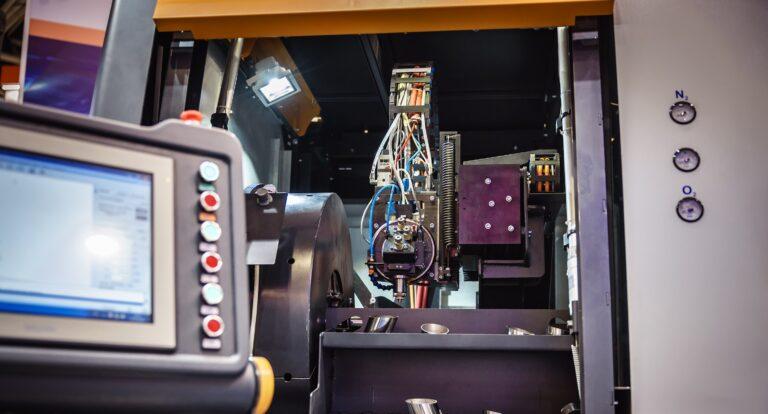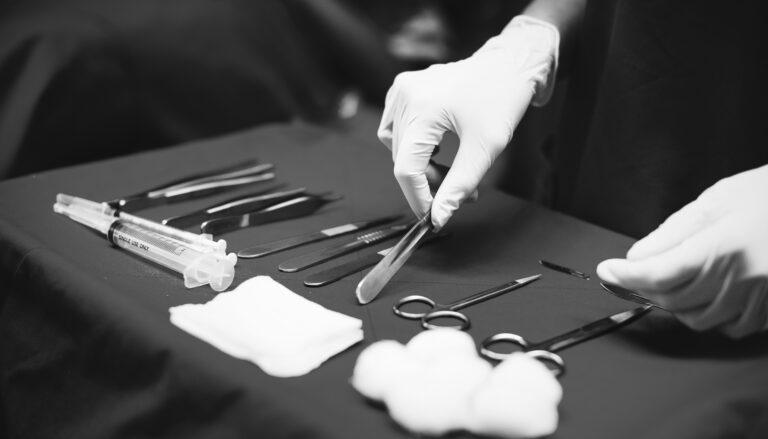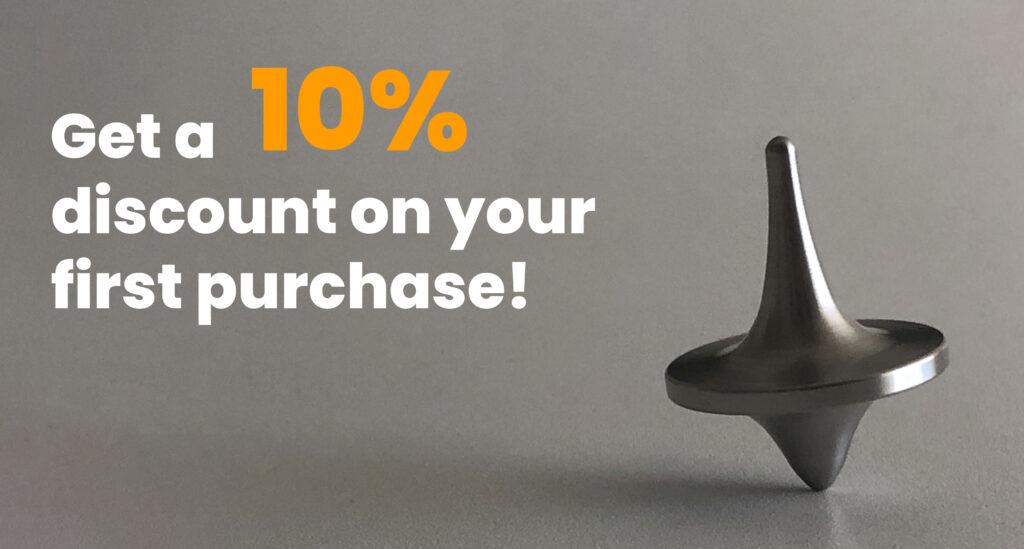In an increasingly competitive and fast-paced industrial environment, the ability to develop high-quality products efficiently and quickly is crucial to business success. As a result, prototyping has become an indispensable tool at every stage of product development, from initial concept to mass production. This approach enables companies to innovate, validate concepts, improve designs and significantly reduce the risks and costs associated with new product design and development.
In this article, we tell you how rapid prototyping not only speeds up the development process, but also improves part quality and accuracy, ensures customer satisfaction and encourages team creativity and experimentation.
The use of prototyping
Although manufacturing and time-to-market is a key issue in the industrial sector, the decision to omit the prototyping phase can be a major risk for the company, especially considering the potential loss of revenue and increased manufacturing costs in case of errors or failures in the final product.
The advantages of prototyping
Prototyping is an essential tool in modern manufacturing that not only reduces costs and production times, but also improves quality and innovation in industrial product development. Some of its main benefits are:
- Cost reduction: Prototyping allows problems to be identified and corrected in the early stages of design, thus helping to avoid costly modifications in production. On the other hand, it allows testing different materials and processes before committing to a definitive option, avoiding waste.
- Accelerating time to market: Rapid prototyping enables iterating and improving designs quickly, accelerating the development cycle. It also facilitates early-stage functional and performance testing, enabling adjustments prior to mass production.
- Improving product quality: The prototyping phase allows to evaluate the functionality, performance and appearance of the product to ensure that it meets the specifications and requirements of the project. In addition, prototypes allow testing with end users or potential customers, obtaining valuable feedback or criticism to improve the design or correct possible errors.
- Design flexibility: It facilitates experimentation with different design ideas and concepts, allowing changes and improvements to be made quickly and efficiently. On the other hand, it also helps to customize products according to specific customer or market needs.
- Fostering innovation and creativity: The ability to rapidly prototype encourages teams to test new ideas and innovative approaches without a large financial commitment. Therefore, constant iteration provides a continuous source of feedback and improvement, driving product innovation.
Finally, prototyping offers a fundamental advantage in product design and development: risk reduction. Prototyping makes it possible to detect potential problems at an early stage, thus reducing the risk of failure in the final product.
Ultimately, the prototyping phase ensures that ideas and concepts are viable and work in practice before investing in mass production.
Choosing the optimal technology
The optimal technology for prototyping will depend on the stage of the development cycle you are in. Initially, you may only need a prototype that represents an idea to get initial approval. But as the project progresses, several critical aspects such as function, performance and manufacturability will need to be considered.
It is common to think that 3D printing is the most cost-effective option for rapid prototyping and, therefore, it is a widely used technology in these cases. But, it is not the only productive process that can be used for the prototyping phase.
In addition to Multi Jet Fusion (MJF) 3D printing, ProtoandGo! offers technologies such as CNC machining or vacuum casting in silicone molds for prototypes or short runs.
What are you waiting for? Request your quote now through our platform or contact us with any questions you may have.





